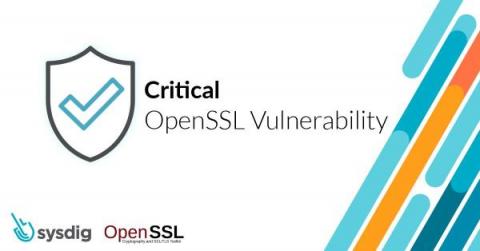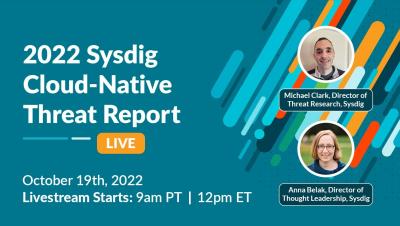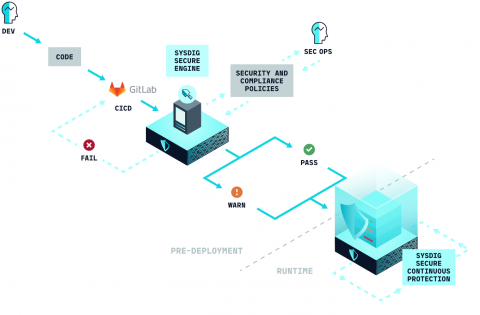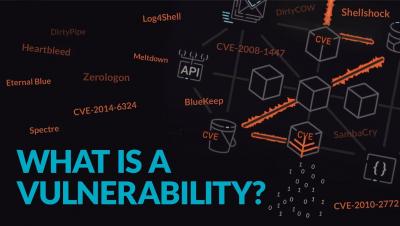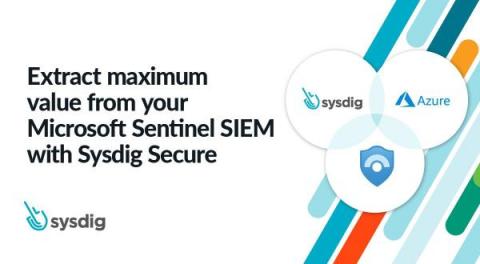Using Sysdig Secure to Detect and Prioritize Mitigation of CVE 2022-3602 & CVE 2022-3786: OpenSSL 3.0.7
This is a work-in-progress blog post. It will be updated when more information is available. For more detailed information about the vulnerability, see the How the Critical OpenSSL Vulnerability may affect Popular Container Images blog post. A critical vulnerability with an expected high or critical severity rate of CVSS score is about to be announced on November 1st on the OpenSSL project. There are still no details besides an announcement on the OpenSSL mailing list on October 25th.


